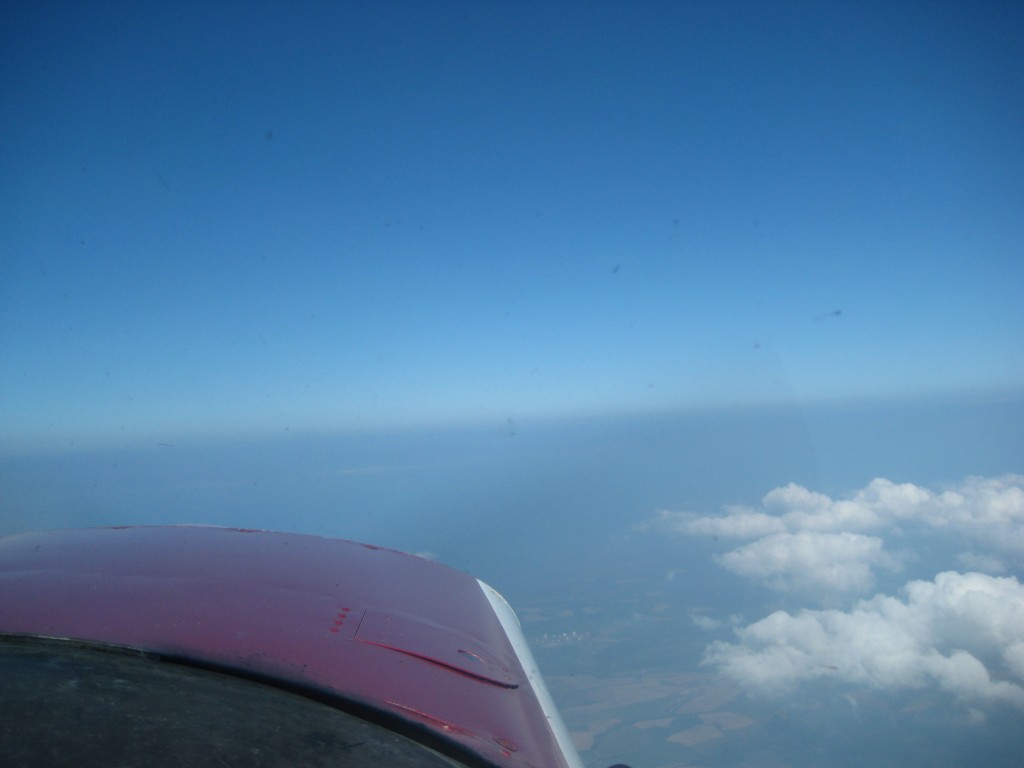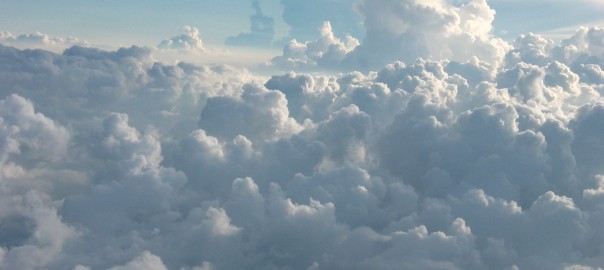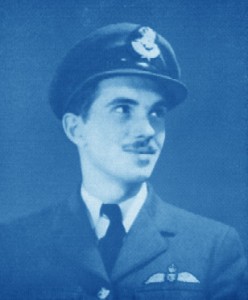Oh! I have slipped the surly bonds of Earth
And danced the skies on laughter-silvered wings;
Sunward I’ve climbed, and joined the tumbling mirth
Of sun-split clouds, — and done a hundred things
You have not dreamed of — wheeled and soared and swung
High in the sunlit silence. Hov’ring there,
I’ve chased the shouting wind along, and flung
My eager craft through footless halls of air. . . .
Up, up the long, delirious burning blue
I’ve topped the wind-swept heights with easy grace
Where never lark, or ever eagle flew —
And, while with silent, lifting mind I’ve trod
The high untrespassed sanctity of space,
Put out my hand, and touched the face of God.
– John Gillespie Magee, Jr.
During the desperate days of the Battle of Britain, hundreds of Americans crossed the border into Canada to enlist with the Royal Canadian Air Force. Knowingly breaking the law, but with the tacit approval of the then still officially neutral United States Government, they volunteered to fight the Nazis.
John Gillespie Magee, Jr., was one such American. Born in Shanghai, China, in 1922 to an English mother and a Scottish-Irish-American father, Magee was 18 years old when he entered flight training. Within the year, he was sent to England and posted to the newly formed No 412 Fighter Squadron, RCAF, which was activated at Digby, England, on 30 June 1941. He was qualified on and flew the Supermarine Spitfire.
Flying fighter sweeps over France and air defense over England against the German Luftwaffe, he rose to the rank of Pilot Officer.
On 3 September 1941, Magee flew a high altitude (30,000 feet) test flight in a newer model of the Spitfire V. As he orbited and climbed upward, he was struck with the inspiration of a poem — “To touch the face of God.”
Once back on the ground, he wrote a letter to his parents. In it he commented, “I am enclosing a verse I wrote the other day. It started at 30,000 feet, and was finished soon after I landed.” On the back of the letter, he jotted down his poem, ‘High Flight.’
Just three months later, on 11 December 1941 (and only three days after the US entered the war), Pilot Officer John Gillespie Magee, Jr., was killed. The Spitfire V he was flying, VZ-H, collided with an Oxford Trainer from Cranwell Airfield. The mid-air happened over the village of Roxholm which lies between RAF Cranwell and RAF Digby, in the county of Lincolnshire at about 400 feet AGL at 11:30. John was descending in the clouds. At the enquiry a farmer testified that he saw the Spitfire pilot struggle to push back the canopy. The pilot, he said, finally stood up to jump from the plane. John, however, was too close to the ground for his parachute to open and he was killed instantly. He was 19 years old.
– Quoted from ‘Great Aviation Quotes‘
This poem has been the inspiration for countless pilots in the just over 100 years that powered flight has been in existence. Its verses beautifully capture the limitless joy of dancing your aeroplane among the clouds; indeed, I personally have ‘done a hundred things You have not dreamed of ‘ up there in the sky. I know what this feels like; that poem could have been written from my own heart (except that I don’t ‘do’ poetry!)
Which leads me to another great paragraph that sums up flying and a pilot’s responsibility:
The ultimate responsibility of the pilot is to fulfill the dreams of
the countless millions of earthbound ancestors who could only stare skyward
and wish.
-Anon
Anyway, I’m going flying right now. See ya!
 ‘Up, up the long, delirious burning blue…’ (Photo taken at 6,000 feet over Cornwall, 26th August 2013 by my daughter, with myself as Pilot in Command)
‘Up, up the long, delirious burning blue…’ (Photo taken at 6,000 feet over Cornwall, 26th August 2013 by my daughter, with myself as Pilot in Command)
Epilogue: Pictures and videos from today’s flight

